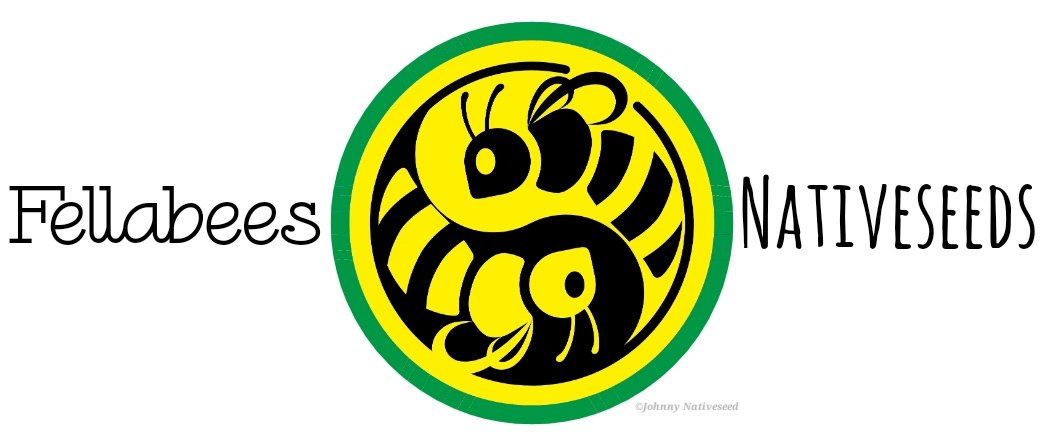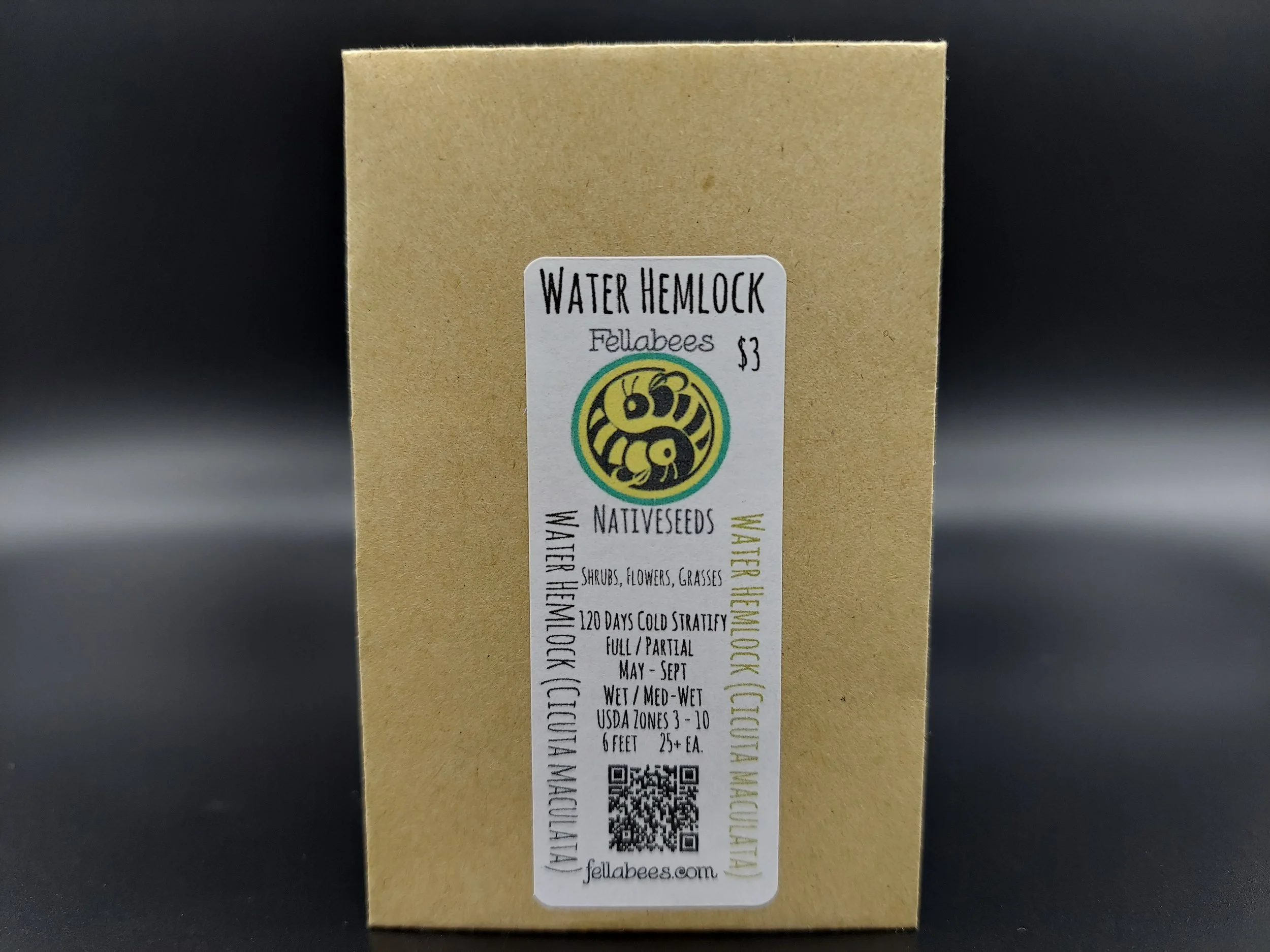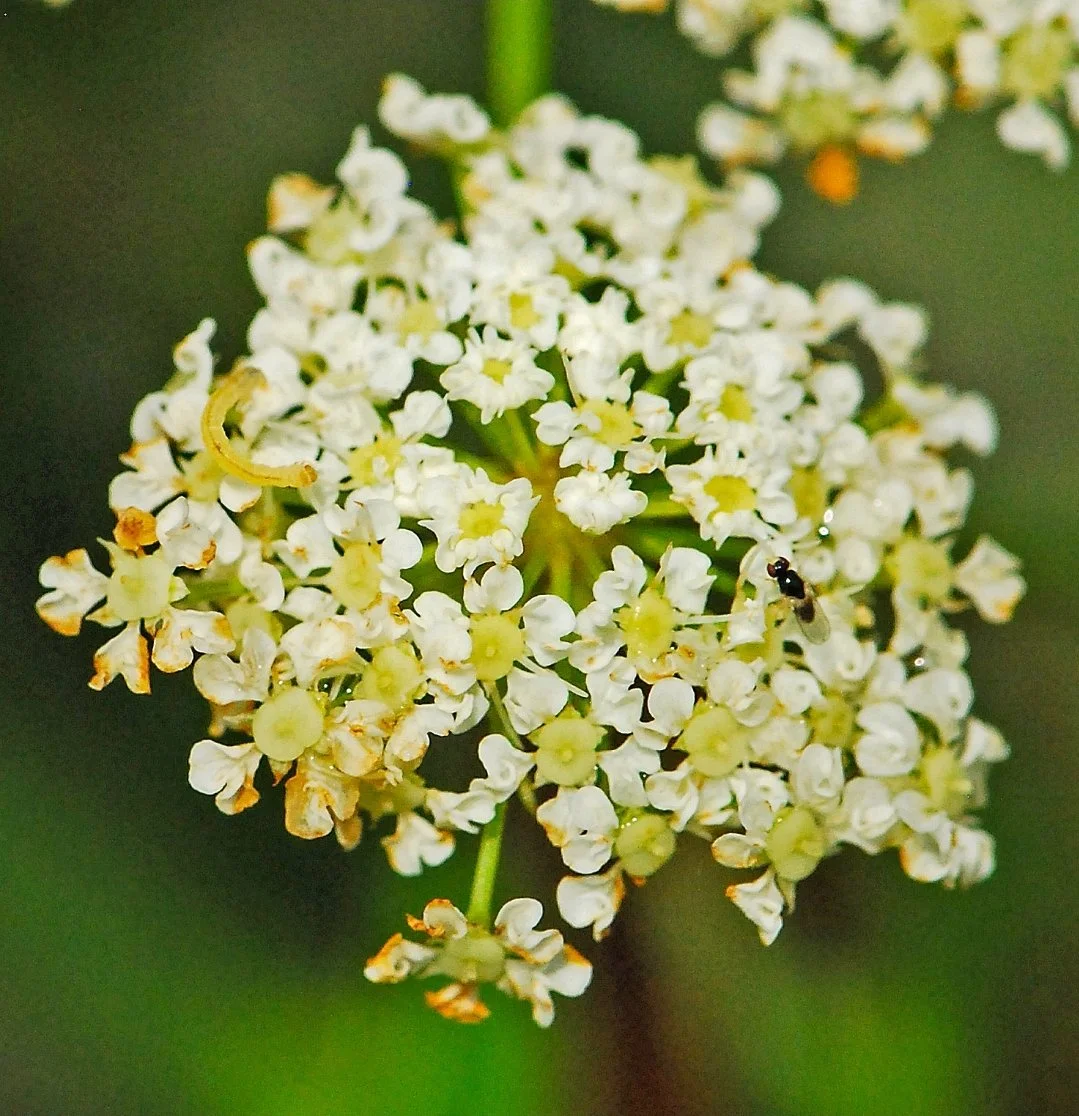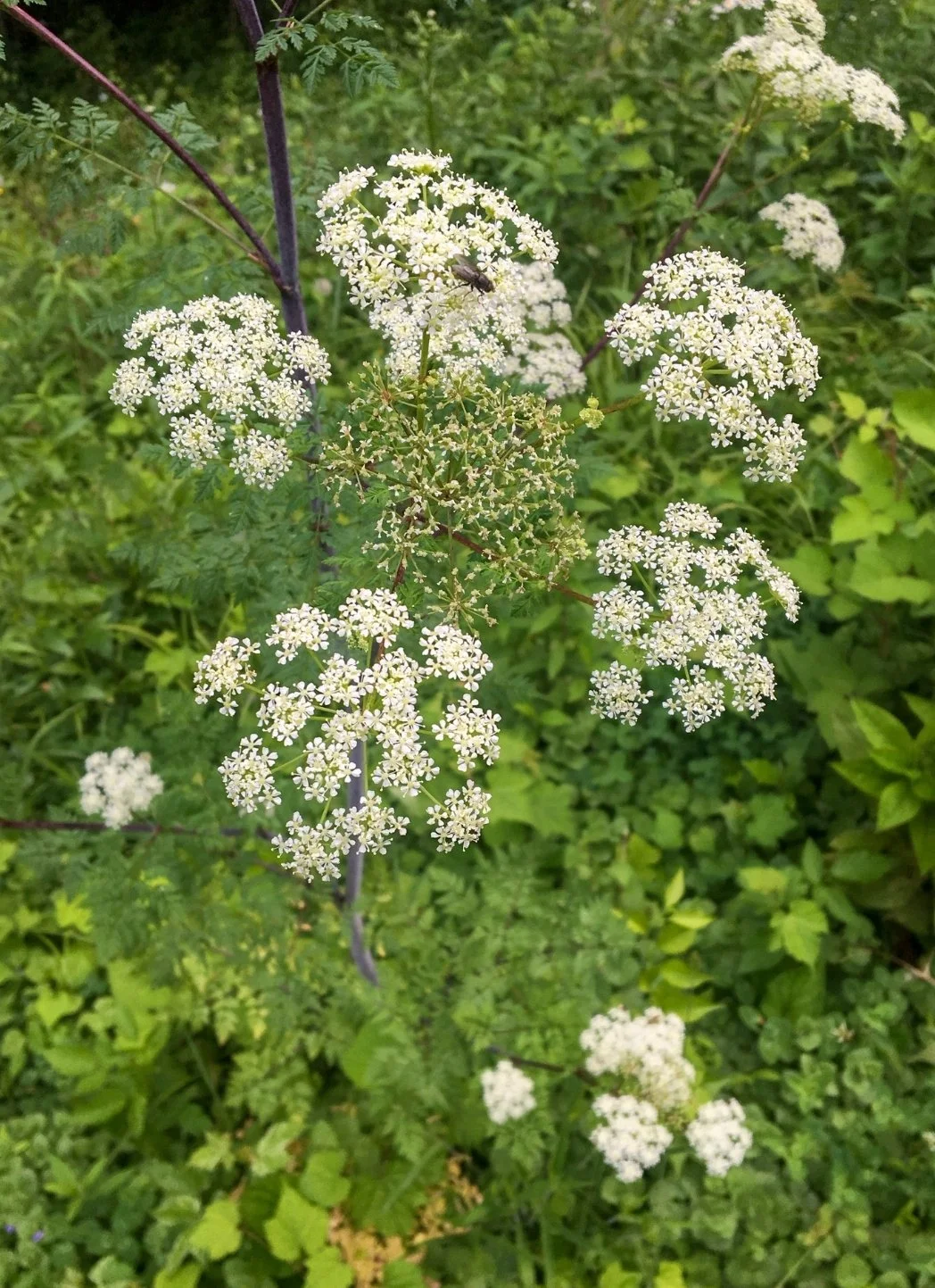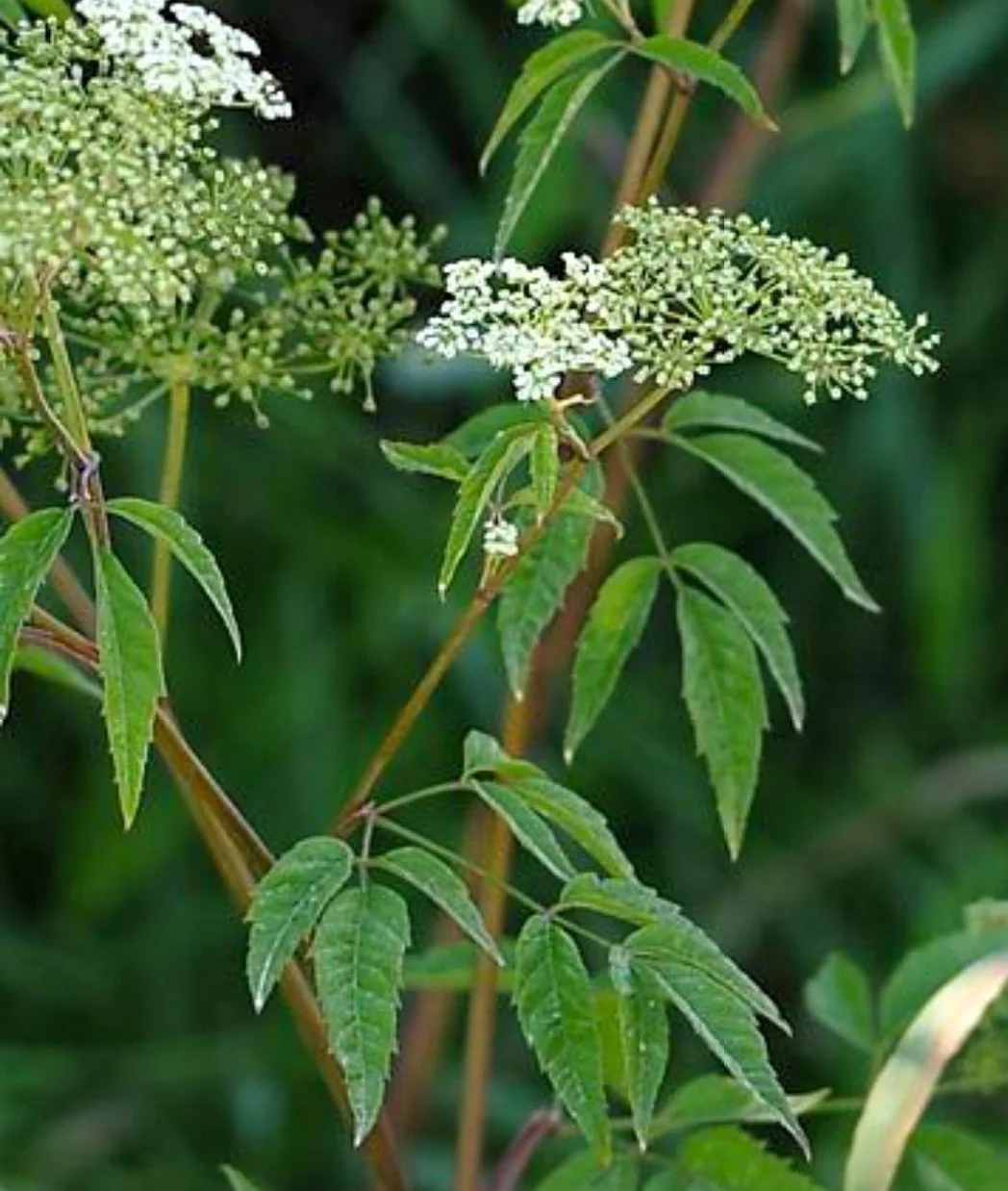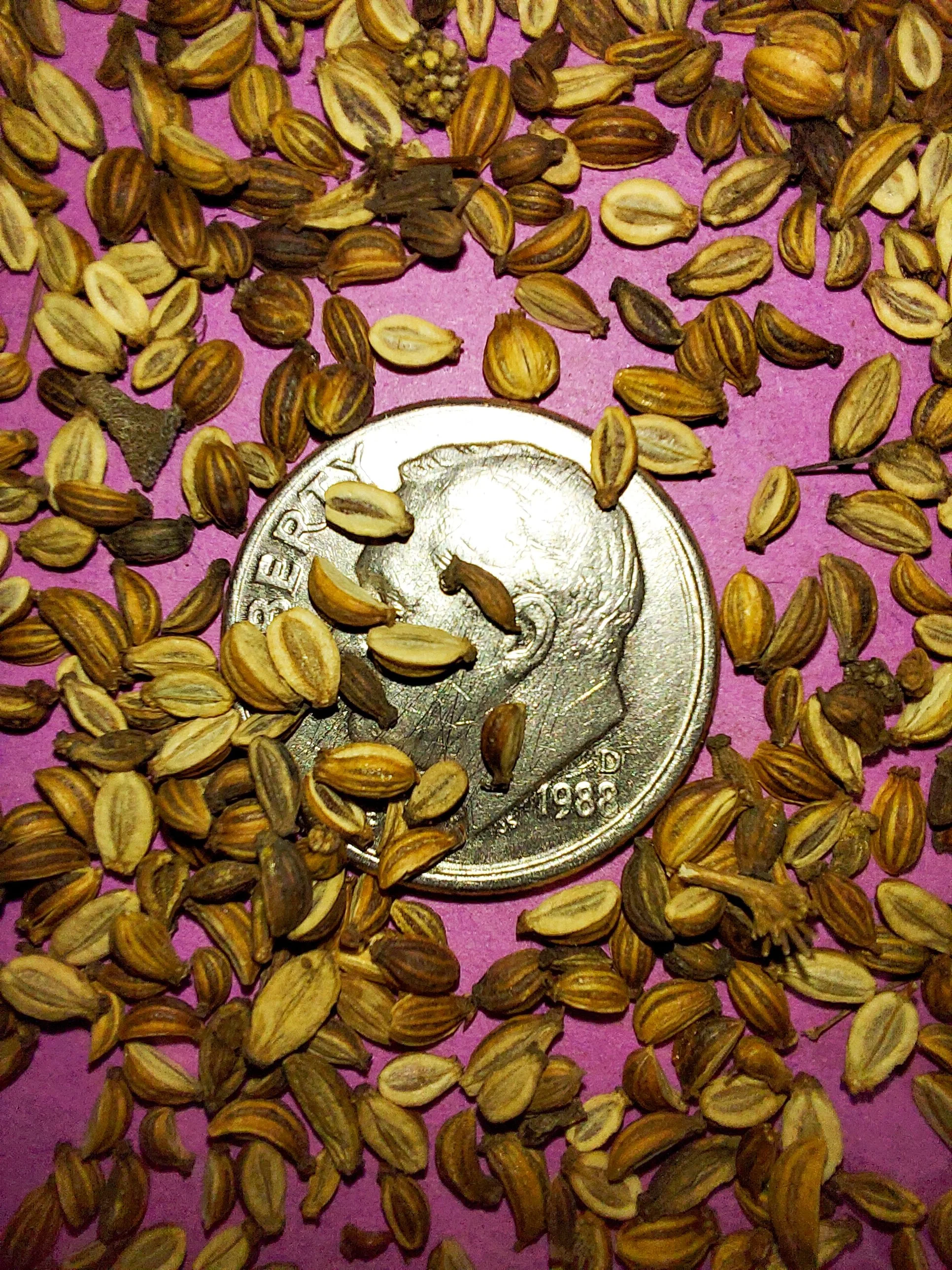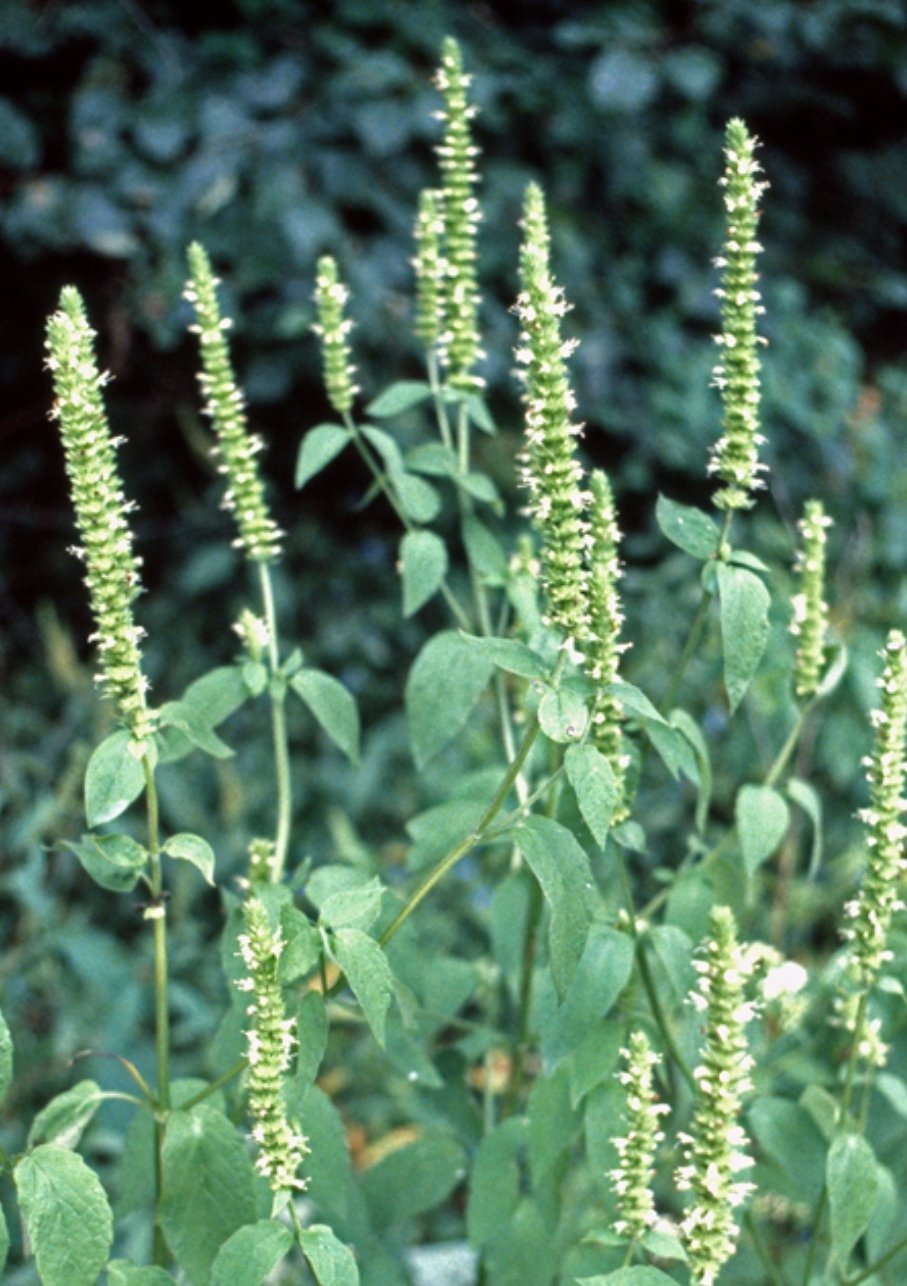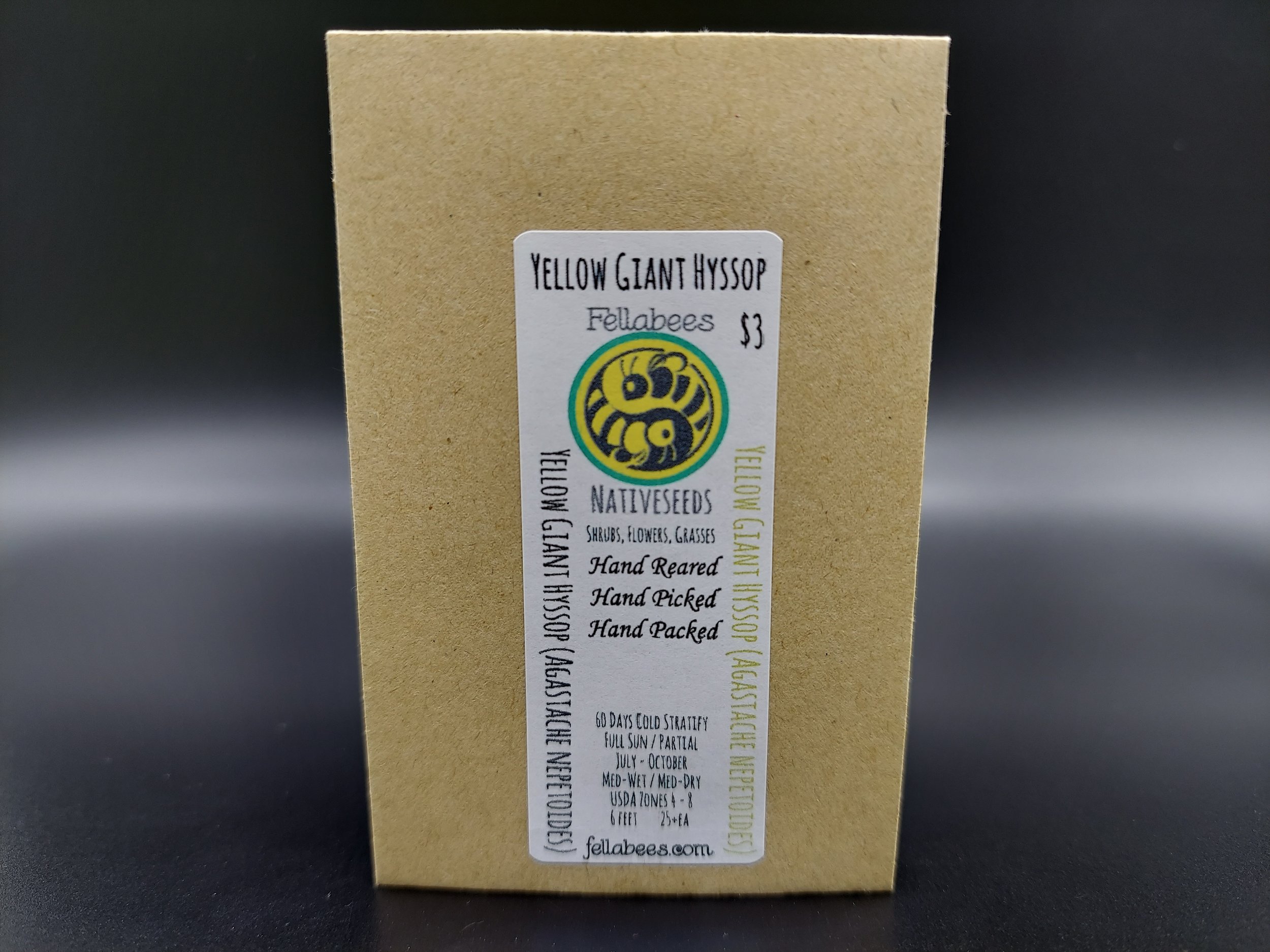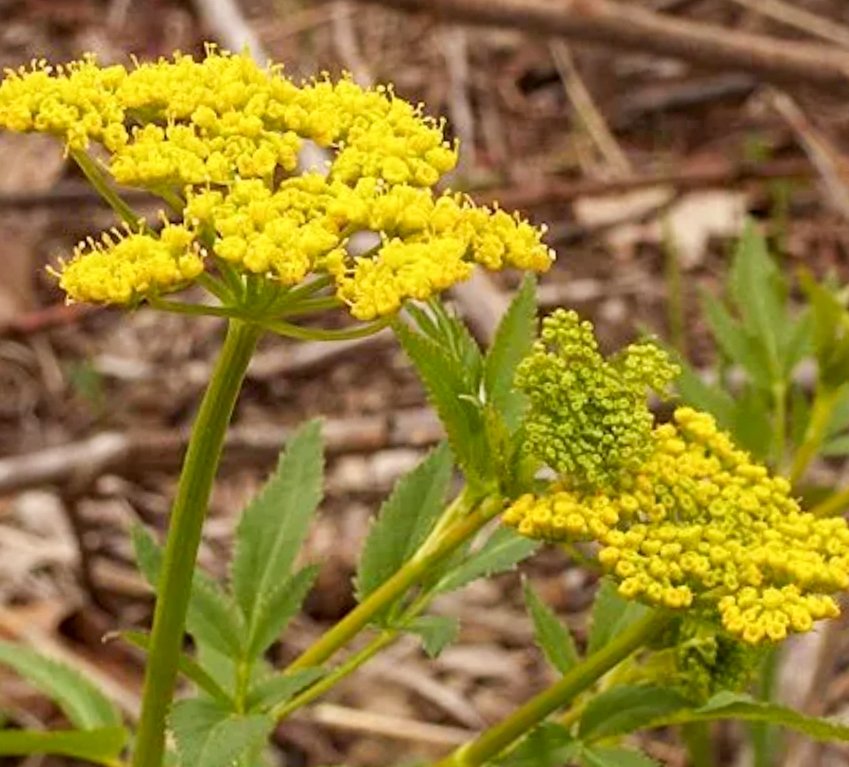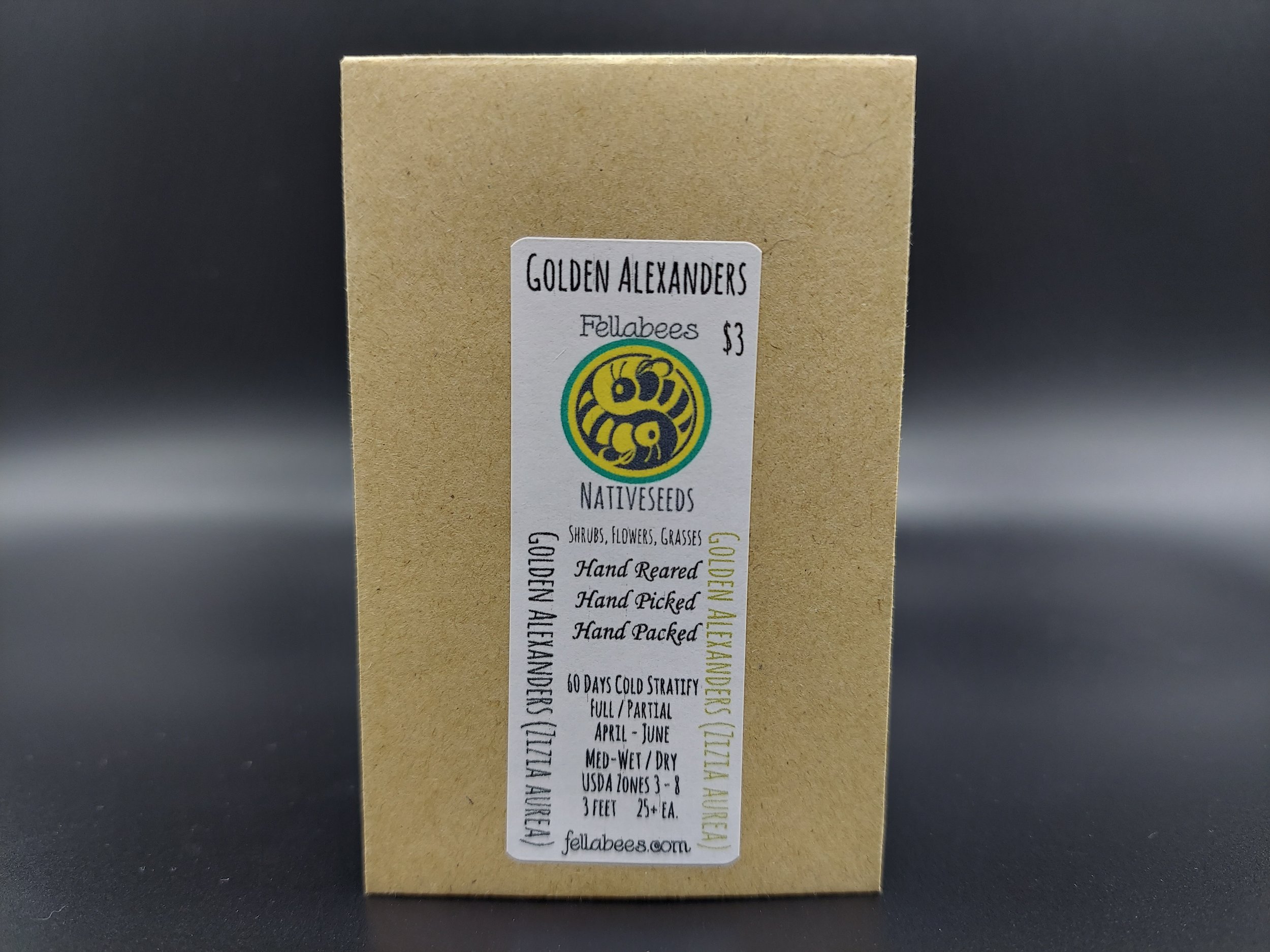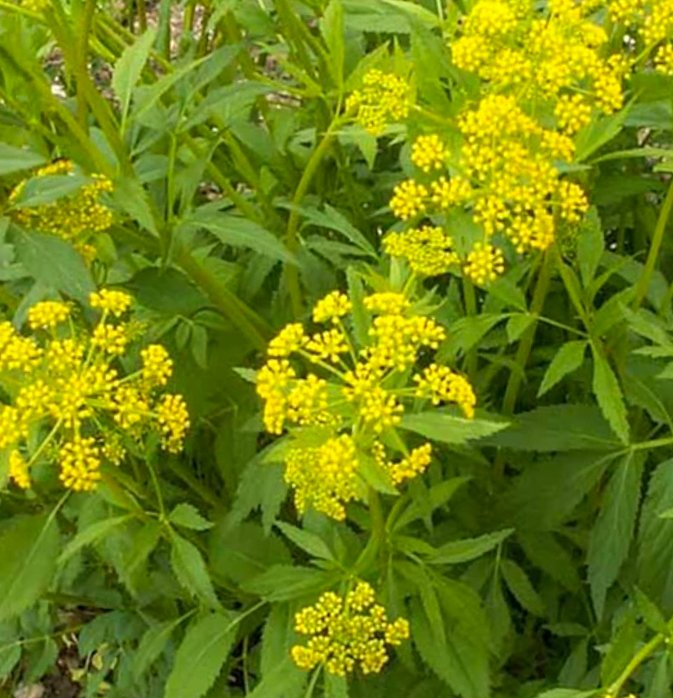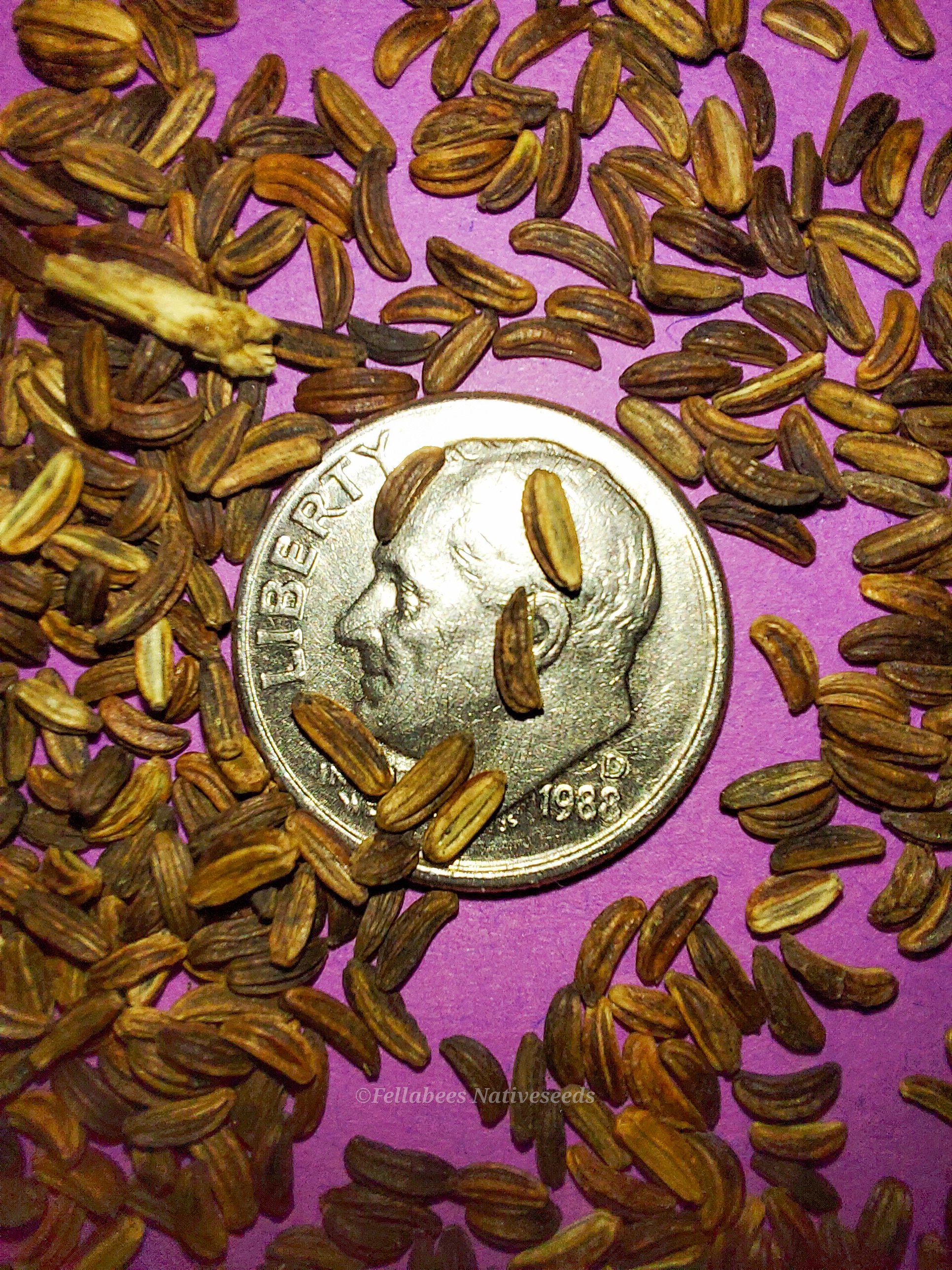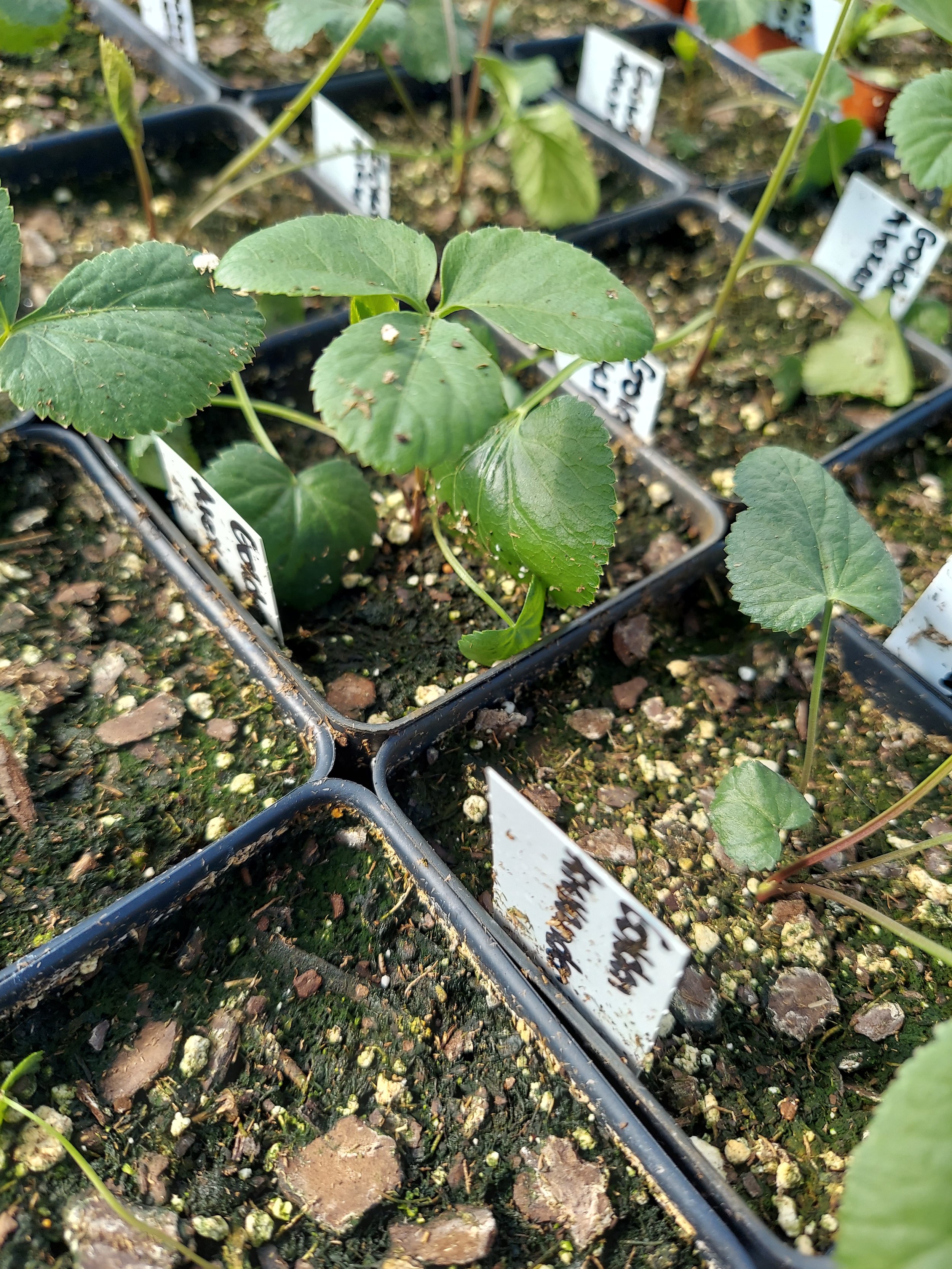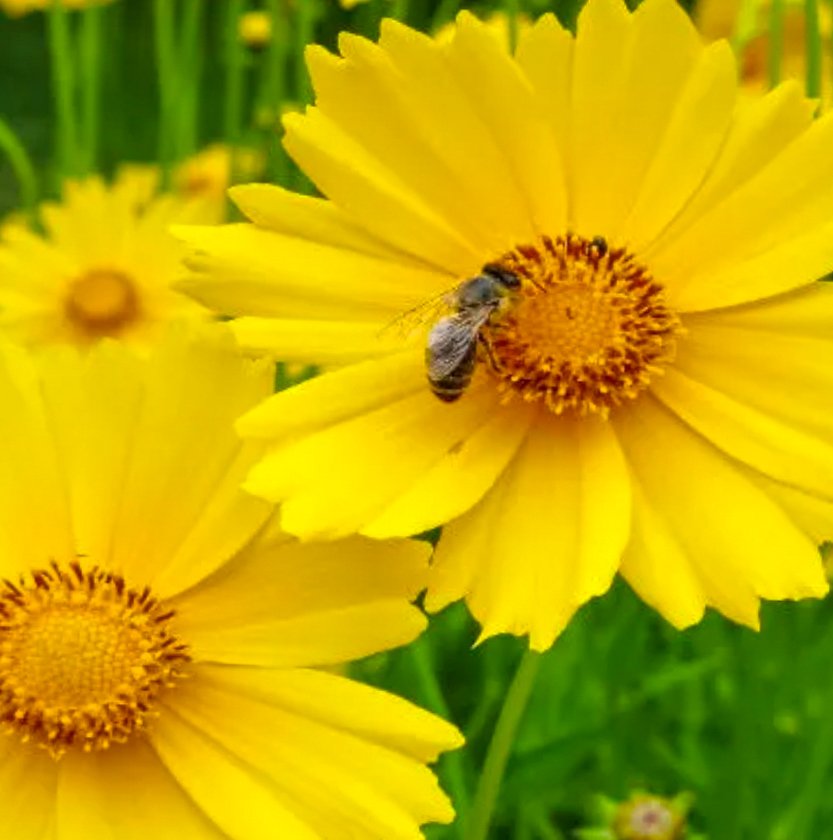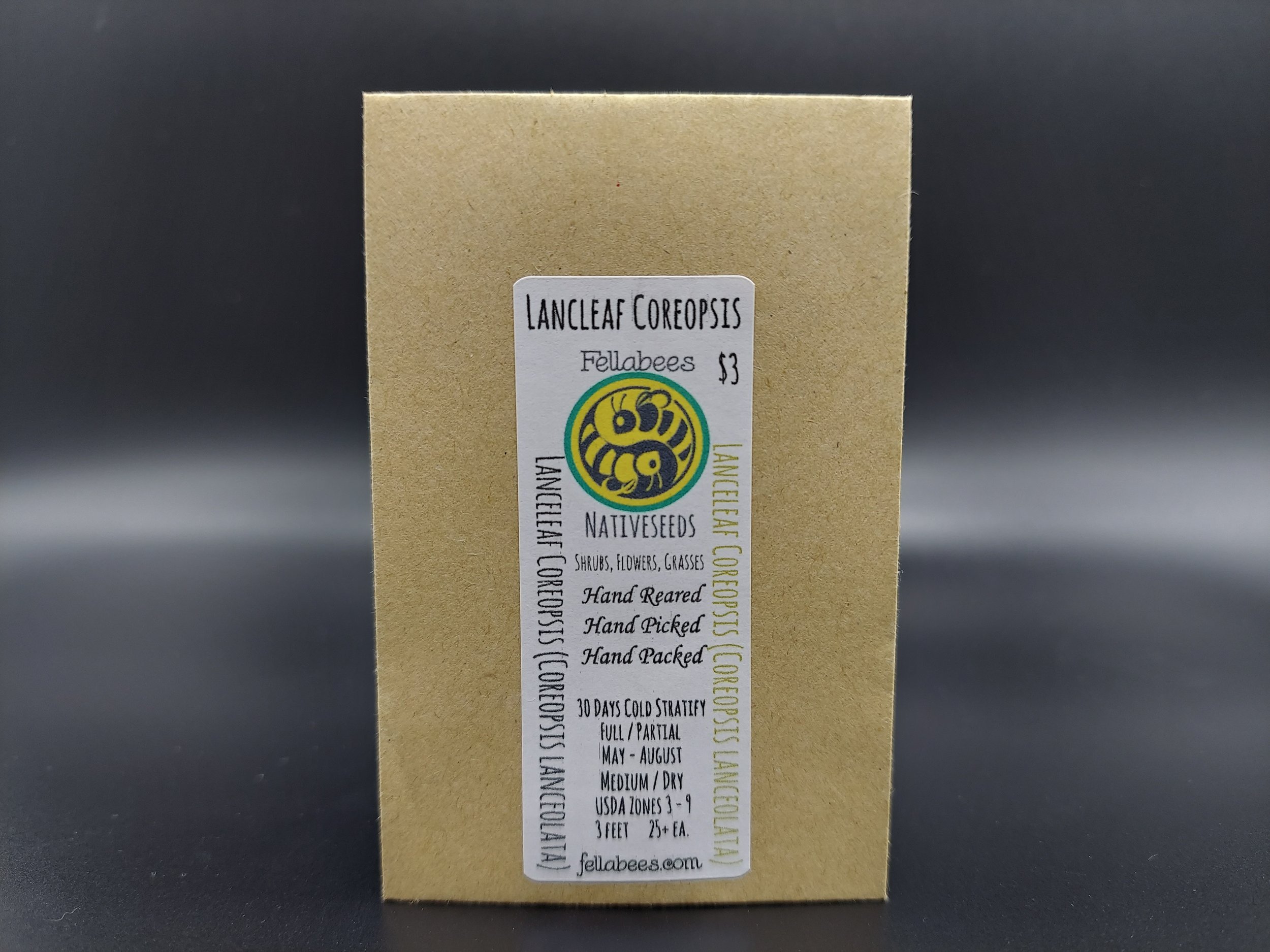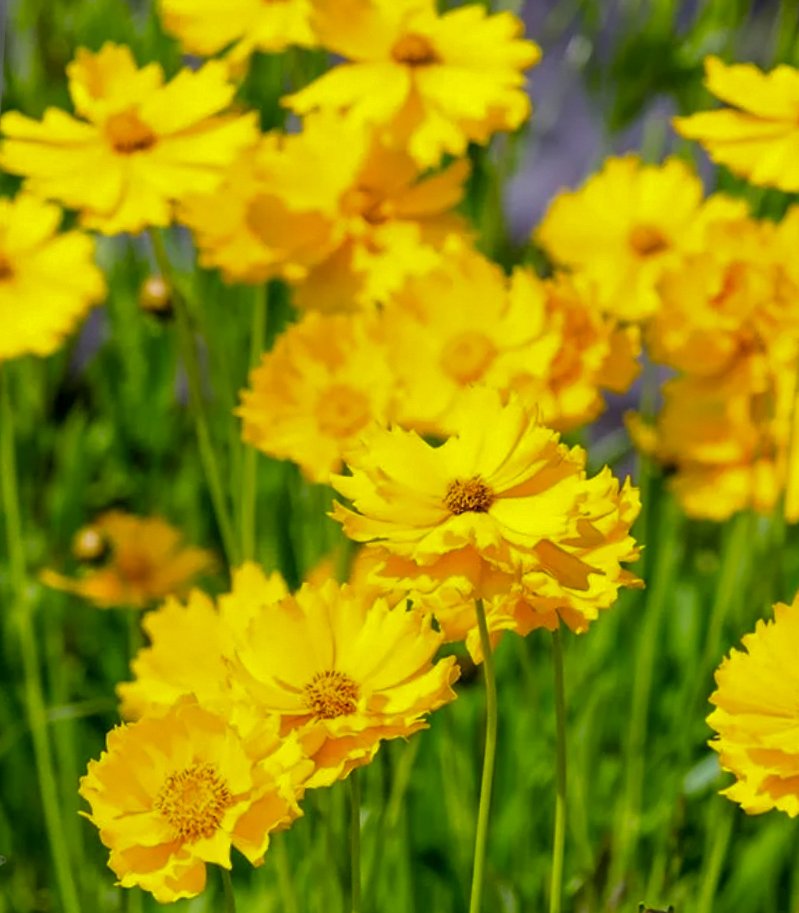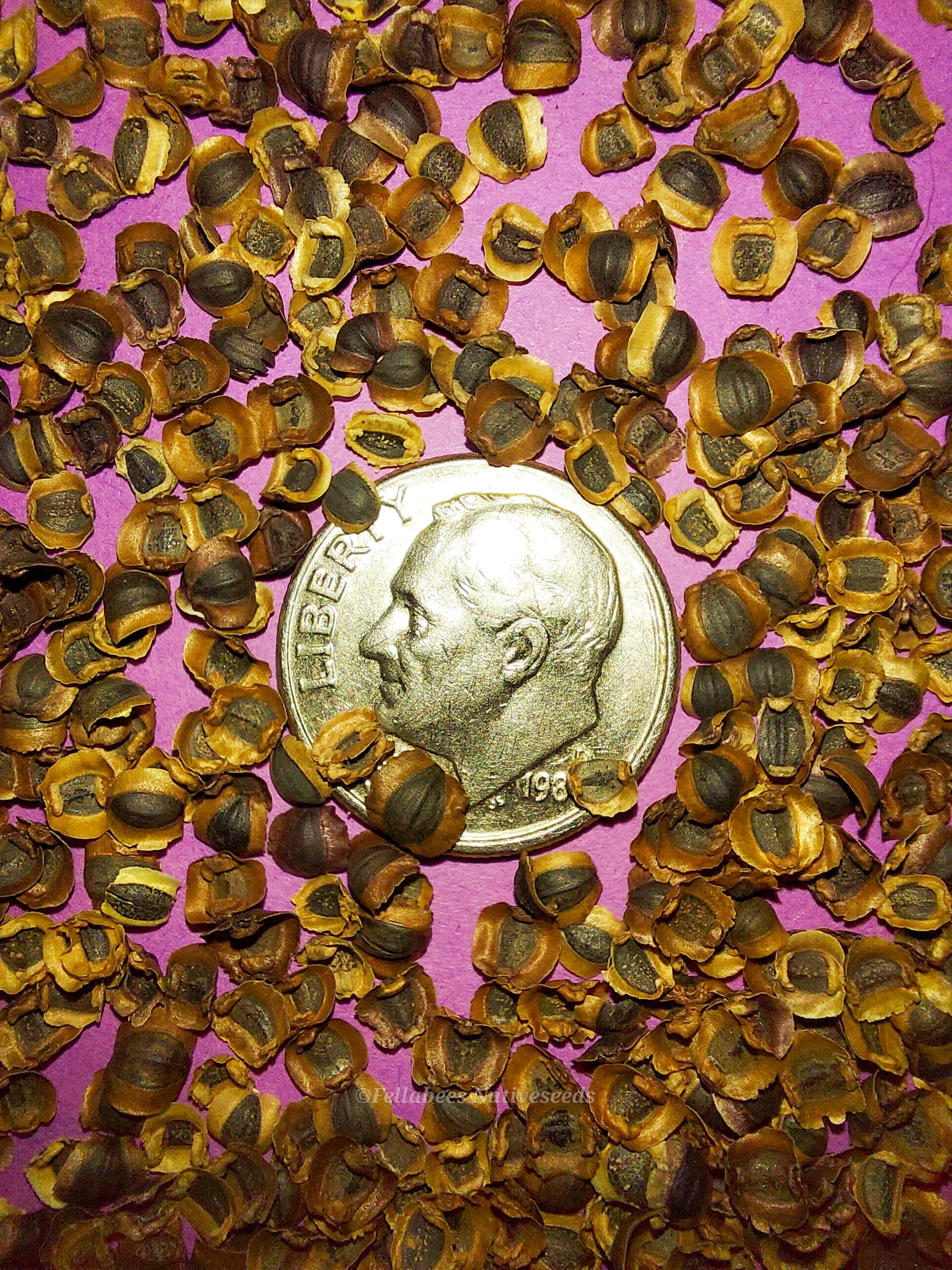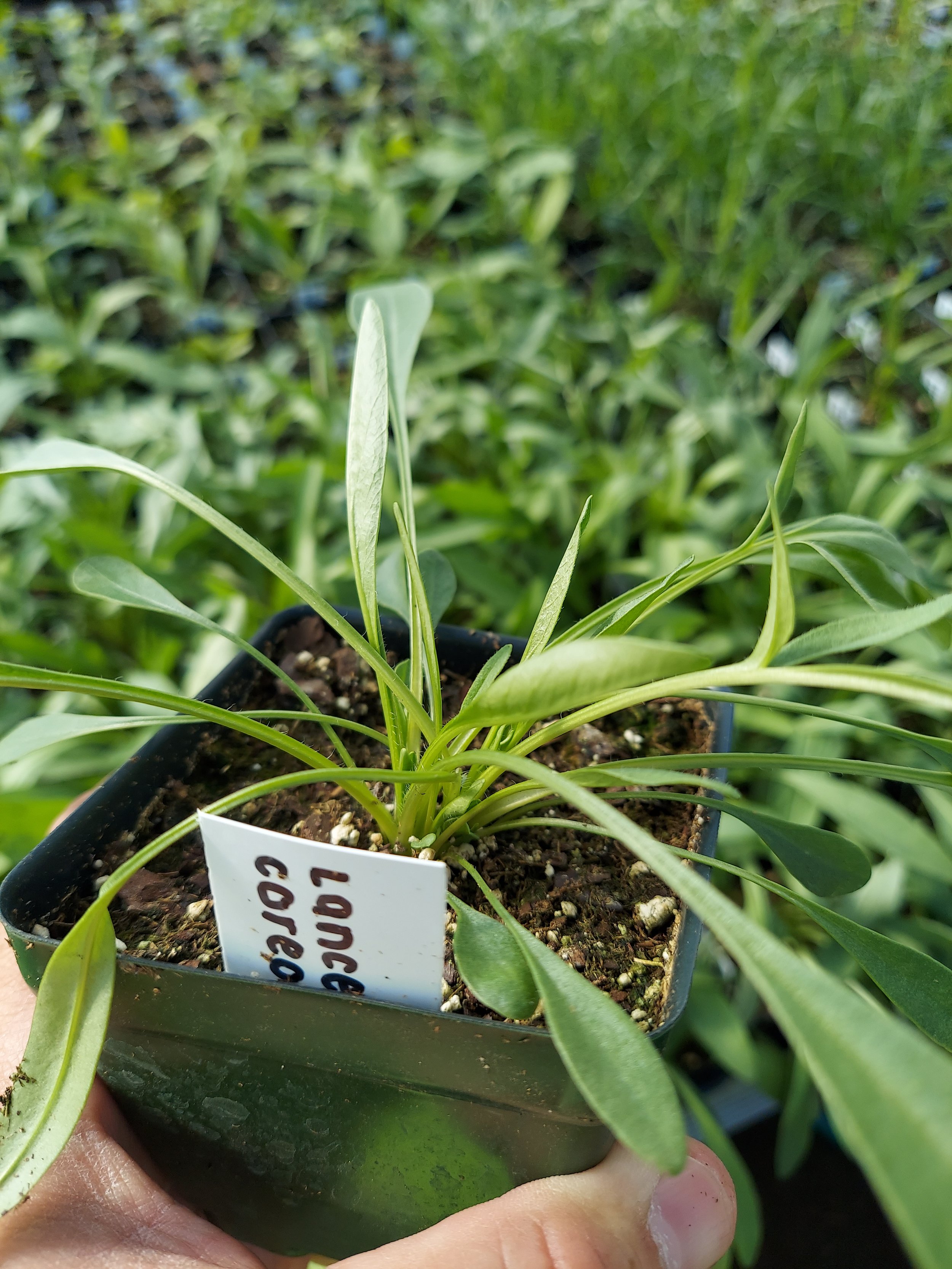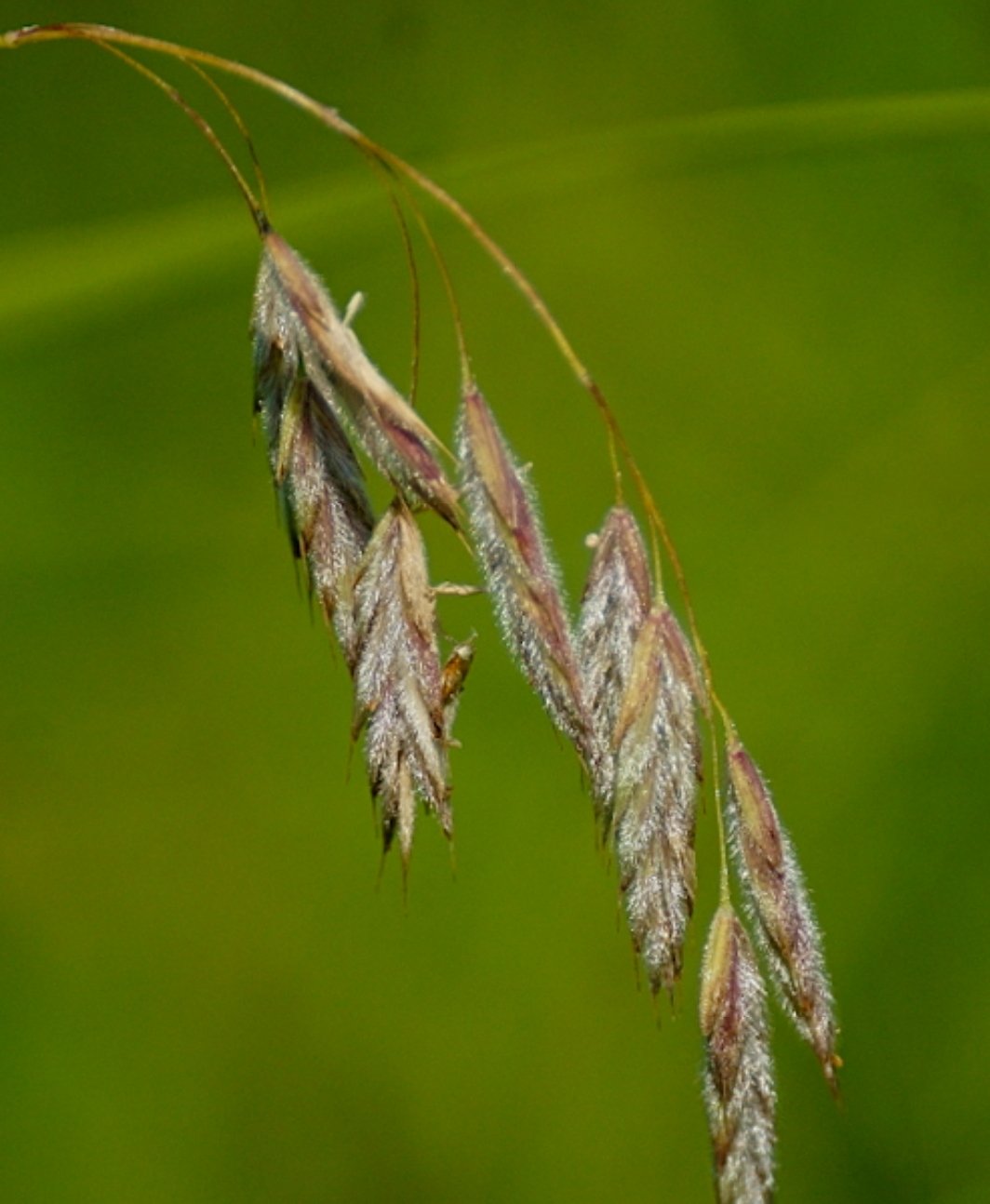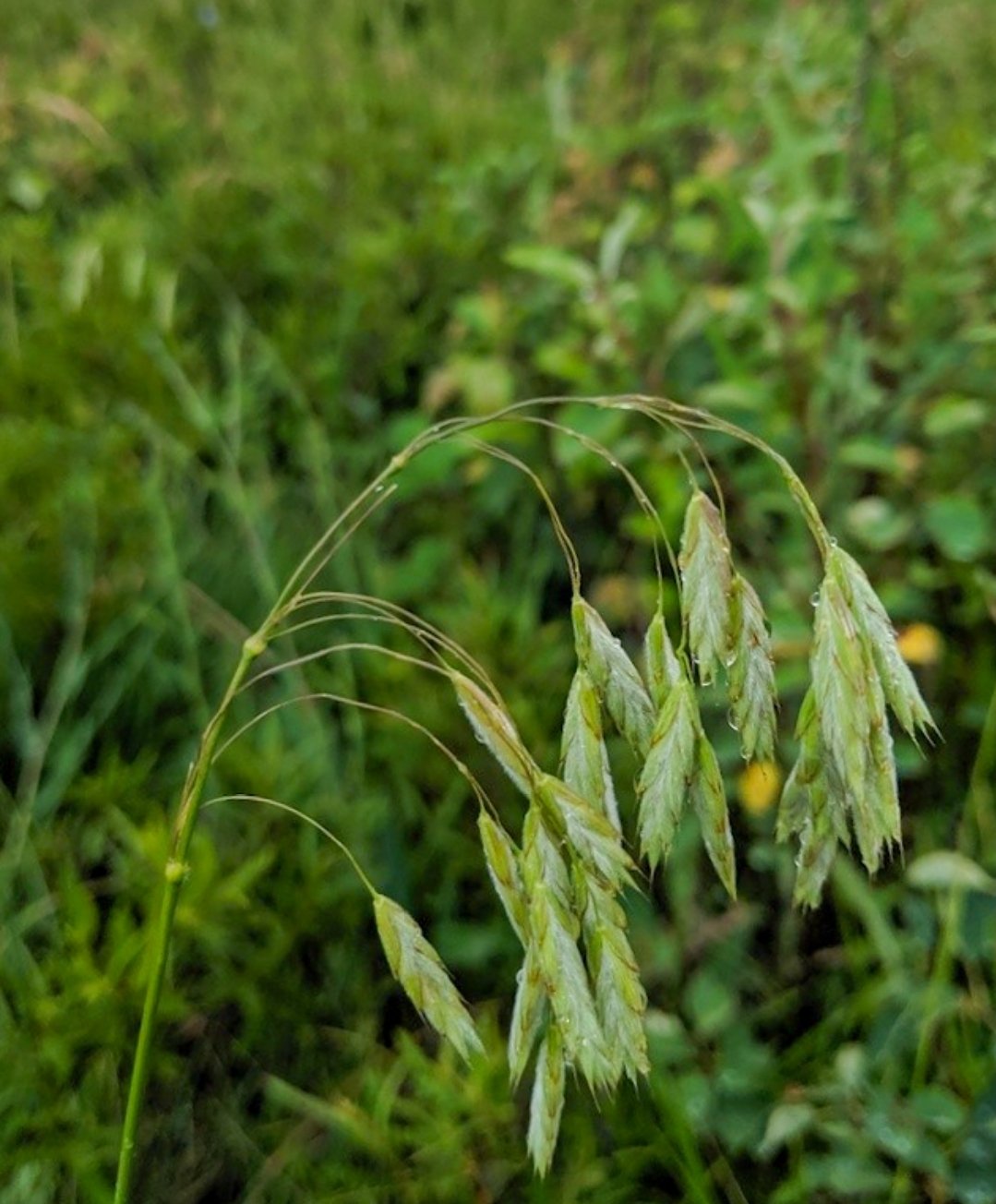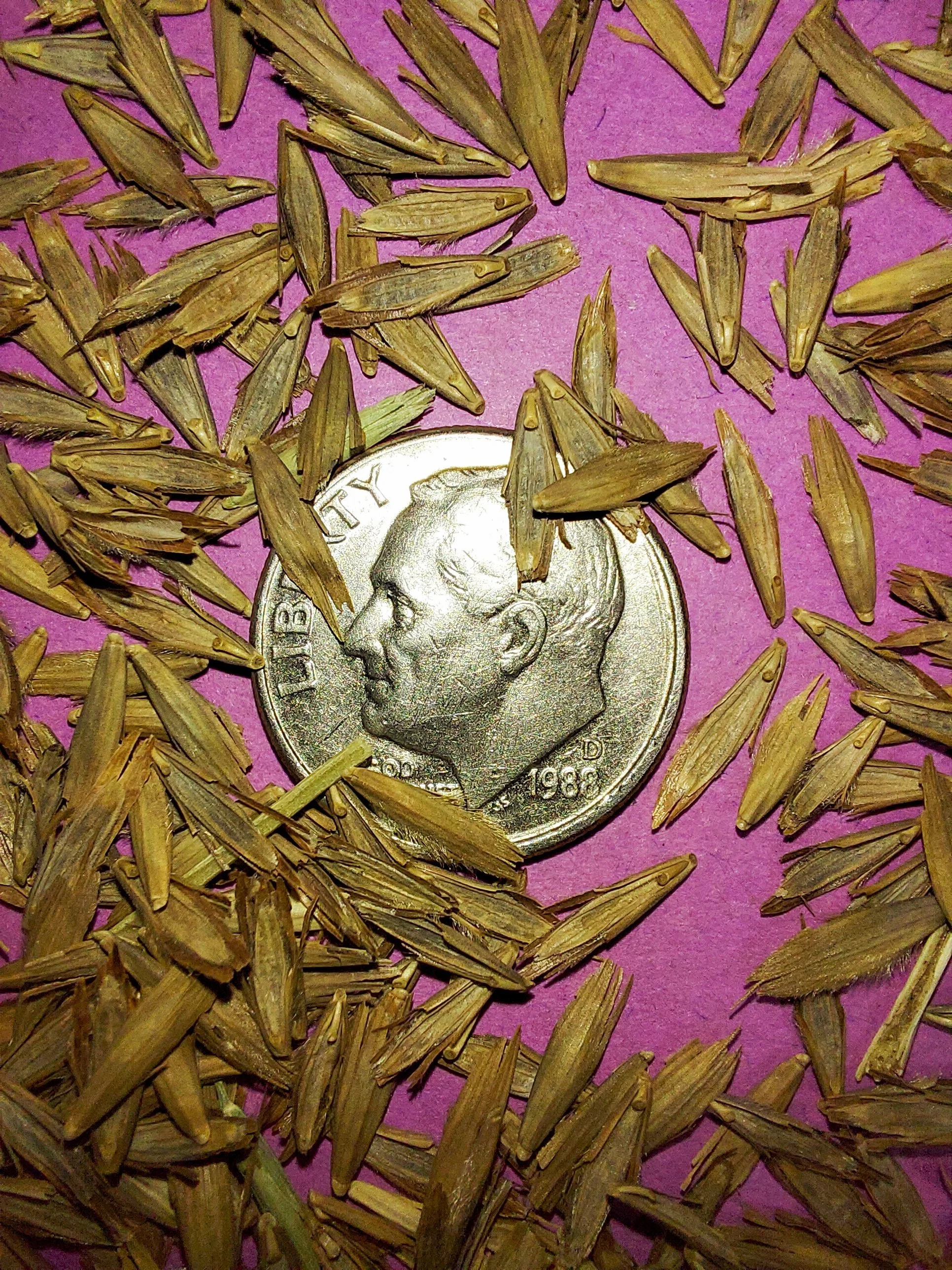 Image 1 of 4
Image 1 of 4

 Image 2 of 4
Image 2 of 4

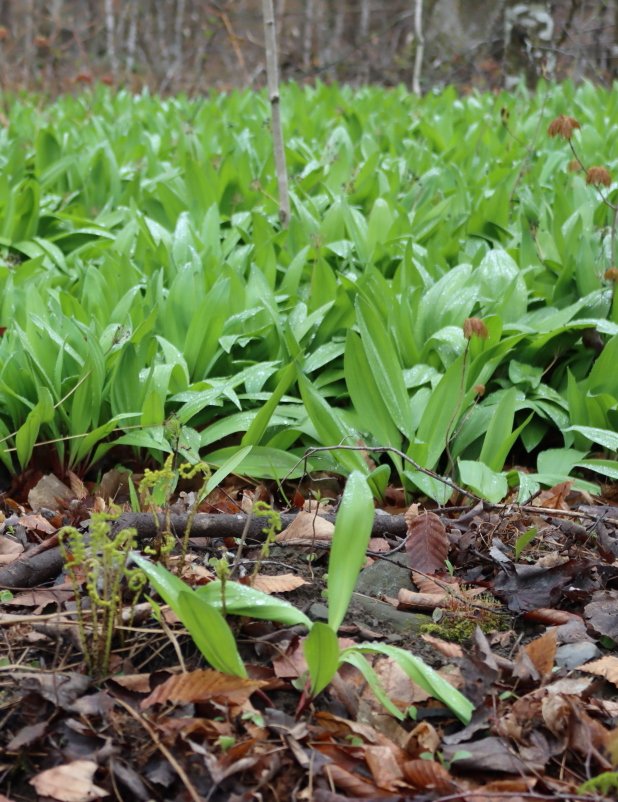 Image 3 of 4
Image 3 of 4

 Image 4 of 4
Image 4 of 4





Wild Leek (Allium tricoccum)
Wild Leek (Allium tricoccum)
Allium tricoccum is commonly known as Wild Leek, Ramps, Ramson, or Wood Leek, it is a popular North American species of wild onion widespread across eastern Canada and the eastern United States.
Allium tricoccum is often found in woods with rich soils with moist ground in depressions, and along streamside bluffs, and on colluvial slopes. Another variety, Allium tricoccum var. burdickii is found growing in the more dry soils of upland woods.
Ramps are considered a species of "special concern" for conservation in Maine, Rhode Island, and is commercially exploited in Tennessee. In fact this species is often overharvested both by the food industry and individual foragers alike. Because it can take 5 to 7 years to truly mature from seed to bulb, to colony it is often exploited to the point of being critically endangered.
It is restricted to possess and requires spe ial permits to harvest this plant in Canada.
This plant prefers rich moist and loose soils often found in undisturbed forest that contains plenty of organic matter. Soils that struggle to drain, or are heavy in clay are not suitable locations for Wild Leek to gain ready colonization status.
This species, and plant will test your willingness to invest both in nature, and your patience, but given those attributes and the above is followed closely, this species can not only thrive, but help your survivial taste that much more rich and robust.
Indiana, Kentucky, and Massachusetts list this plant as noxious, despite it being within its native range. (We generally respect this designation, but bristle at the idea that a non native group of humans can label a native species as noxious without empirical evidence or explanation of harm to native ecosystems.) It is for this reason that we will disregard the noxious listing for Wild Leek.
This plant is considered present but rare in several counties of the states of Nebraska, Oklahoma, Tennessee, Alabama, Georgia, Virginia, Vermont, and Rhode Island.
Plant Details
USDA Zones: 3-7
Germination Needs: This species needs stratification called warm moist and cold moist Double Dormancy Stratification. Place seed in sterile damp, but not soaking media in a sealed plastic bag in a warm place (80°F) for 69-90 days, then transfer to the crisper drawer of your fridge for equal time before sowing. If planting directly outdoor, sow in spring, and expect germination in one full year, in the following spring.
Life Cycle: Perennial
Sun Exposure: Partial Shade, Shade
Soil Moisture: Medium-Wet, Medium, Medium-Dry
Plant Spacing: 4-8 inches
Height: 8 inches
Bloom time: June, July
Bloom Color: White
Advantages :
Deer Resistant: Yes
Excellent in the shady home landscape!
Native to or present in: Wisconsin, Minnesota, Iowa, Illinois, Indiana, Ohio, Pennsylvania, New York, Vermont, New Hampshire, Maine, Massachusetts, Rhode Island, Connecticut, Delaware, Maryland, New Jersey, West Virginia, Virginia, Kentucky, Tennessee, Missouri, North Carolina, Georgia, Alabama, Oklahoma, Nebraska, South Dakota, and North Dakota.
.
.
Packet quantities:
We pride ourselves on ethical, hands on, ecological management, using no mechanical or chemical methods whatsoever.
All of our native seed is hand reared, hand picked, and hand packed from native prairies under our exclusive management, never breaking chain of custody from the field until it is sent to you. Each packet is hand prepared for shipment by us, directly.
Small seed species will contain greater than 20-25 seed
Large seed species will contain greater than 10-15 seed
It is our mission to spread the wealth of native plant and pollinator ecological sustainability, and educate back yard gardeners as well as corporate and government entities in how to germinate, grow, and benefit from native synergies.
Thank you for your support, it is because of you, that we can grow together to do, what we do.🐛🦋🐝🐞🌾🌱🌼🧡
Wild Leek (Allium tricoccum)
Allium tricoccum is commonly known as Wild Leek, Ramps, Ramson, or Wood Leek, it is a popular North American species of wild onion widespread across eastern Canada and the eastern United States.
Allium tricoccum is often found in woods with rich soils with moist ground in depressions, and along streamside bluffs, and on colluvial slopes. Another variety, Allium tricoccum var. burdickii is found growing in the more dry soils of upland woods.
Ramps are considered a species of "special concern" for conservation in Maine, Rhode Island, and is commercially exploited in Tennessee. In fact this species is often overharvested both by the food industry and individual foragers alike. Because it can take 5 to 7 years to truly mature from seed to bulb, to colony it is often exploited to the point of being critically endangered.
It is restricted to possess and requires spe ial permits to harvest this plant in Canada.
This plant prefers rich moist and loose soils often found in undisturbed forest that contains plenty of organic matter. Soils that struggle to drain, or are heavy in clay are not suitable locations for Wild Leek to gain ready colonization status.
This species, and plant will test your willingness to invest both in nature, and your patience, but given those attributes and the above is followed closely, this species can not only thrive, but help your survivial taste that much more rich and robust.
Indiana, Kentucky, and Massachusetts list this plant as noxious, despite it being within its native range. (We generally respect this designation, but bristle at the idea that a non native group of humans can label a native species as noxious without empirical evidence or explanation of harm to native ecosystems.) It is for this reason that we will disregard the noxious listing for Wild Leek.
This plant is considered present but rare in several counties of the states of Nebraska, Oklahoma, Tennessee, Alabama, Georgia, Virginia, Vermont, and Rhode Island.
Plant Details
USDA Zones: 3-7
Germination Needs: This species needs stratification called warm moist and cold moist Double Dormancy Stratification. Place seed in sterile damp, but not soaking media in a sealed plastic bag in a warm place (80°F) for 69-90 days, then transfer to the crisper drawer of your fridge for equal time before sowing. If planting directly outdoor, sow in spring, and expect germination in one full year, in the following spring.
Life Cycle: Perennial
Sun Exposure: Partial Shade, Shade
Soil Moisture: Medium-Wet, Medium, Medium-Dry
Plant Spacing: 4-8 inches
Height: 8 inches
Bloom time: June, July
Bloom Color: White
Advantages :
Deer Resistant: Yes
Excellent in the shady home landscape!
Native to or present in: Wisconsin, Minnesota, Iowa, Illinois, Indiana, Ohio, Pennsylvania, New York, Vermont, New Hampshire, Maine, Massachusetts, Rhode Island, Connecticut, Delaware, Maryland, New Jersey, West Virginia, Virginia, Kentucky, Tennessee, Missouri, North Carolina, Georgia, Alabama, Oklahoma, Nebraska, South Dakota, and North Dakota.
.
.
Packet quantities:
We pride ourselves on ethical, hands on, ecological management, using no mechanical or chemical methods whatsoever.
All of our native seed is hand reared, hand picked, and hand packed from native prairies under our exclusive management, never breaking chain of custody from the field until it is sent to you. Each packet is hand prepared for shipment by us, directly.
Small seed species will contain greater than 20-25 seed
Large seed species will contain greater than 10-15 seed
It is our mission to spread the wealth of native plant and pollinator ecological sustainability, and educate back yard gardeners as well as corporate and government entities in how to germinate, grow, and benefit from native synergies.
Thank you for your support, it is because of you, that we can grow together to do, what we do.🐛🦋🐝🐞🌾🌱🌼🧡
